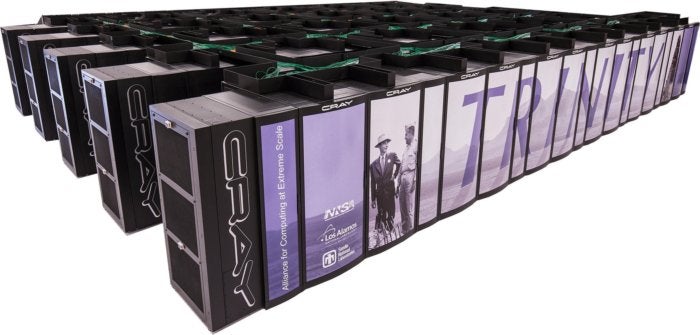Cray Research is now offering its Urika-GX supercomputer as a cloud computing service, targeted at life-sciences customers looking for compute cycles to solve some heavy problems. This offering, done with cloud infrastructure provider Markley, makes Cray one of the last high-performance computing providers to give cloud computing a try.
But few companies actually need it.
Most enterprise-based R&D shops just need high-performance computing services from time to time, and they rarely need a specific platform such as the Urika-GX. And they can get the more generic high-performance computing services from Amazon Web Services or other modern cloud providers.
There surely are customers for the Urika-GX-as-a-service, but I suspect it’s a small, specialty market.
Supercomputers have always been out of reach for most businesses. That’s why they were made available through time-sharing in the pre-PC era, and why more recently companies would purchase a supercomputer jointly they would then share.
But most companies made do with general-purpose computing, such as mainframes in the 1980s and 1990s, client/server-style datacenters, in the 1990s through today, and increasingly the cloud in the last decade. The need for a specific Cray, IBM, Sunway, or Fujitsu supercomputer is thus very narrow.
High-performance computing (HPC) as a service is an umbrella term that includes supercomputing but is not restricted to such specialty computers. The distinction matters, because HPC is about the result, not the technology.
HPC in the cloud is a more practical approach for most companies, because you can mix and match the HPC service with traditional IaaS services, such as AWS’s S3 storage, EC2 compute, and hundreds of other services.
The cloud approach also makes high-performance computing available for both ongoing and occasional use, broadening the pool of companies that can benefit. Making the Urika-GX available in the same as-a-service approach will help life-sciences organizations that couldn’t afford to own a share of a supercomputer get that same benefit for their specialized needs. It’s good to see Cray join in that cloud approach for those who can benefit.
By the way, this is not the first time you could rent Cray time. Back in the day, I worked for Boeing Computer Service, a time-sharing and professional services company, and it provided a Cray XMP as a service though its time-sharing network. It even donated Cray time to the university I was attending. Although not a cloud service as defined today, it was close to the same concept as Cray’s new Urika-GX-as-a-service.






